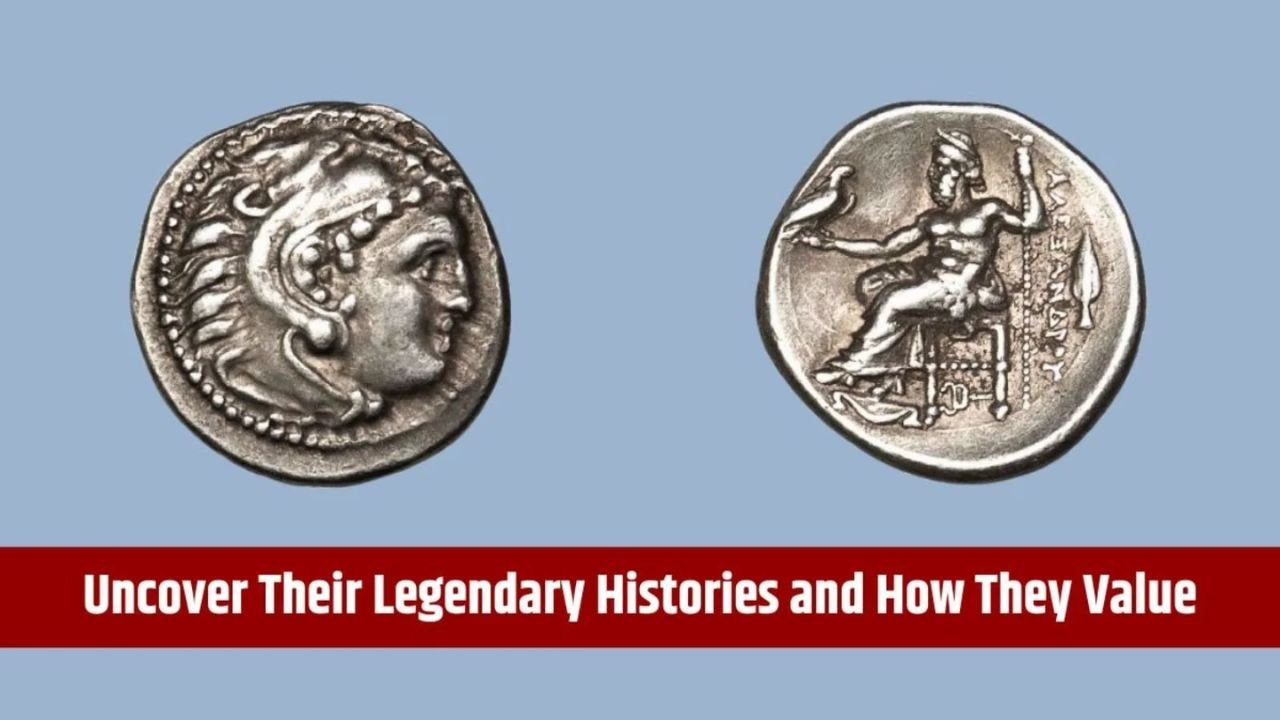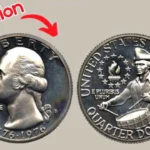Imagine reaching into your pocket and pulling out a coin that appears to be just another old penny—but it turns out to be worth a staggering $13 million. While this sounds like something out of a movie or a fantasy novel, it actually happened. A rare Lincoln Wheat Penny once sold for a jaw-dropping $13 million, captivating the attention of collectors, numismatists, and everyday citizens alike. This isn’t just a story about a lucky coin—it’s also about history, rarity, and the thrill of discovering something extraordinary where you’d least expect it.
Lincoln Wheat Penny: A Snapshot of American History
The Lincoln Wheat Penny holds a special place in American coinage. First minted in 1909 to commemorate the 100th birthday of President Abraham Lincoln, it was the first U.S. coin to feature a real person. The reverse of the coin displays two simple wheat stalks curving around the words “ONE CENT”—a design that remained until 1958 when it was replaced by the Lincoln Memorial reverse.
Millions of Lincoln Wheat Pennies were minted during its nearly 50-year run, and most are now worth just a bit more than face value, depending on condition. However, a few incredibly rare varieties have turned this humble one-cent piece into one of the most coveted collector’s items in the world. Chief among them is the legendary 1943 copper penny, which fetched an astonishing $13 million in a private sale.
The Mystery of the 1943 Copper Lincoln Wheat Penny
In 1943, the world was in the throes of World War II. Copper was considered a vital wartime material, necessary for producing ammunition and electrical wiring. As a result, the U.S. Mint made a dramatic shift: it began producing pennies from zinc-coated steel instead of the usual copper.
These 1943 steel cents are easily recognized by their silvery appearance and are magnetic due to their steel content. But here’s where it gets interesting—due to a suspected error at the Mint, a few Lincoln Wheat Pennies were accidentally struck on copper planchets left over from 1942. These copper pennies should not exist, but somehow, a handful slipped through the cracks.
How Rare is the 1943 Copper Wheat Penny?
Only an estimated 10 to 20 examples of the 1943 copper Lincoln Wheat Penny are known to exist. This rarity is what makes them so immensely valuable. Over the decades, some of these pennies have turned up in the most unexpected places—old coin jars, inherited collections, estate sales, and even in change given at grocery stores.
In one well-known case, a man discovered a 1943 copper penny in his father’s coin collection in 2010. After authentication and grading by experts, the penny sold for over $1.7 million. But the biggest headline came when another specimen sold in a private transaction for an astounding $13 million, making it one of the most valuable coins in the world.
This sale stunned the numismatic community and led to renewed interest in the Lincoln Wheat Penny. Collectors and treasure hunters began checking their spare change more closely than ever before.
How to Identify a Valuable Lincoln Wheat Penny
Not every Lincoln Wheat Penny is worth a fortune, but there are specific markers that can help you identify if you’re holding something rare. Here’s what to look out for:
1. Check the Year
The 1943 date is key. Most pennies from that year will be steel and silver in color. If you find a 1943 penny that looks like a regular copper coin, you might be onto something extraordinary.
2. Use a Magnet
Since the 1943 steel pennies are magnetic, you can easily test a suspicious coin. If your 1943 penny sticks to a magnet, it’s steel—not copper. If it doesn’t stick, and it’s brownish-red in color, you might have a 1943 copper penny. However, there are counterfeit versions made from altered 1948 or 1945 pennies, so expert authentication is crucial.
3. Look for Error Variants
Even outside of 1943, other Lincoln Wheat Penny error coins can carry significant value. Look for doubled dies (where images appear to be stamped twice), off-center strikes, or other minting mistakes. These variations can dramatically increase a coin’s worth.
4. Check the Mint Mark
Pennies from certain mints—like the Denver or San Francisco mints—may have different values. For instance, a 1909-S VDB (with designer Victor David Brenner’s initials on the reverse) is another highly prized version of the Lincoln Wheat Penny that can fetch thousands of dollars.
What Should You Do If You Find a Rare Lincoln Wheat Penny?
If you think you’ve stumbled upon a valuable coin, it’s essential not to rush. Follow these steps to ensure you handle the situation correctly:
1. Don’t Clean the Coin
One of the most common mistakes people make is trying to clean old coins. While it may seem logical to “improve” the coin’s appearance, cleaning it can actually lower its value significantly. Collectors prefer coins in original, unaltered condition.
2. Get Professional Authentication
The best way to confirm a coin’s authenticity and value is through a reputable grading service. The Professional Coin Grading Service (PCGS) and the Numismatic Guaranty Corporation (NGC) are two of the most trusted organizations. They’ll assess the coin’s condition, metal composition, and authenticity, and issue a certification that can help you fetch the highest value if you choose to sell.
3. Consider an Auction House
Once you have the coin authenticated, selling it through a respected auction house can maximize its value. These establishments attract serious collectors who are willing to pay top dollar for rare Lincoln Wheat Pennies.
Other High-Value Lincoln Wheat Pennies
While the 1943 copper penny grabs headlines, other Lincoln Wheat Penny variations are also incredibly valuable. Here are a few:
-
1909-S VDB – The original version of the coin, with the designer’s initials prominently displayed on the reverse. Only 484,000 were minted.
-
1914-D – A scarce year from the Denver mint; one in excellent condition can be worth thousands.
-
1922 “No D” Penny – This coin was struck at the Denver Mint, but some examples mysteriously lack the “D” mint mark.
-
1955 Double Die – This coin has a noticeable doubling of letters and numbers, making it one of the most famous error coins.
All of these coins reinforce the idea that certain Lincoln Wheat Pennies are far more than their face value and can be considered small pieces of American history—and sometimes, massive financial windfalls.
Why Do Lincoln Wheat Pennies Fascinate Collectors?
There’s more to the Lincoln Wheat Penny than monetary value. These coins are cherished for their design, history, and the intrigue that surrounds their rare variants. For some, collecting is a hobby; for others, it’s an investment. But everyone agrees that the thrill of the hunt is one of the most compelling parts of coin collecting.
Every Lincoln Wheat Penny tells a story—of a nation at war, of economic shifts, of artistry and errors, and of the everyday American experience. Their legacy endures because they serve as tangible links to the past, and perhaps, a surprise fortune in the future.
Final Thoughts: Could You Be Holding a $13 Million Treasure?
The thought that a seemingly ordinary penny could be worth millions is what keeps collectors and casual enthusiasts constantly checking their change. While the odds of finding a Lincoln Wheat Penny valued at $13 million are incredibly slim, the possibility alone is enough to spark curiosity and excitement.
So next time you come across an old coin in your pocket, a forgotten jar, or an inherited collection, take a closer look. You might just be holding a piece of numismatic history—and perhaps, your ticket to a multi-million dollar payday.
Some Important Link
| Telegram Group | Click Here |
| WhatsApp Group | Click Here |
| Home Page | Click Here |














